Some of the “Coots” boating group organised a joint trip for four of us to Astoria (named after the Astor Family who made their money in the fur industry a couple of hundred years ago and a back room tour of the Astoria Maritime Museum
Well a mind-boggling day today.
Set is here http://www.flickr.com/photos/boatmik…7622312609441/
We got up early and went to meet Long 龍 at his house and climbed into his car. He has a fascination about Australian Cockatoos, the “bad boys” of the bird world so we swapped stories about them along the way. We were also joined by Jim who was buying a Bolger light Dory along the way.
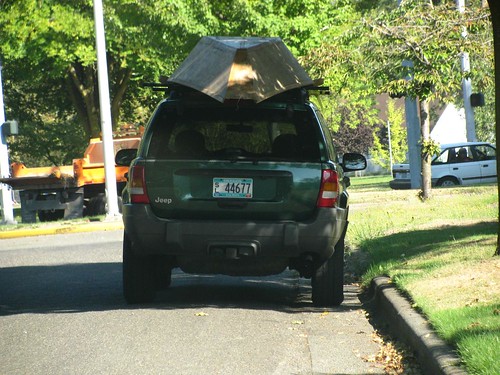
He bought it off Craig’s List. He only had to buy the oars – the boat came for free. He has 10 boats gathered in this way and usually onsells them to someone that likes them at quite small prices.
The logging operations are just mind boggling. Acres and Acres of logs waiting for processing or export. Their woodchips come as byproducts, not from destroying whole forests like in Australia.

The comment from David Graybeal (who worked in the industry as a kid – his parents had a ply mill and he worked along the banks of the river attaching cables to logs being pulled into the river) was that the logs are really small these days.
Once in Astoria we went to a really nice bakery. The lady in the shop when she realised I was from Australia gave me more cakes and buns than I could eat at the time. Really nice too. Particularly the Cardamom buns.

She was very proud it was a “BAKERY and not a FAKERY” – meaning not like some of the franchised breadshops in OZ.
Up the road is the museum. Long is in the lead with David following. There were two cruise ships in town and the museum was full of Japanese and Korean Tourists.
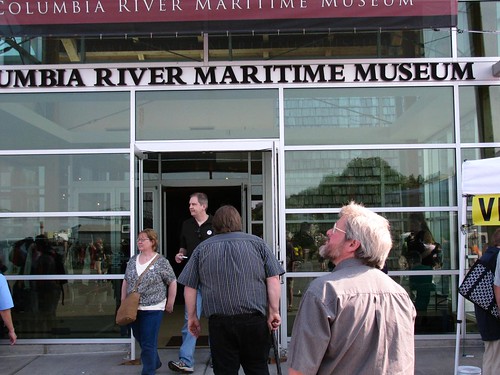
Astoria is at the opening to one of the most dangerous river ports in the world. There are dozens of wrecks scattered around the opening of the port. Each of these boat shapes is a wreck.
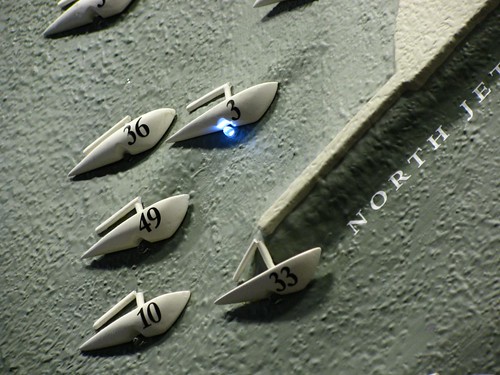
Here is the info about number 3.

So the entry to the Columbia River is hugely dangerous as well as being the border between Washington State and Oregon.
Now the really cool thing happened. Long had organised for us to see the storage sheds across the road.
I really, really recommend that you have a look at the full flickr set above if you are interested in boats .. I have commented the photos so you can see what they are about.

Fishing boat
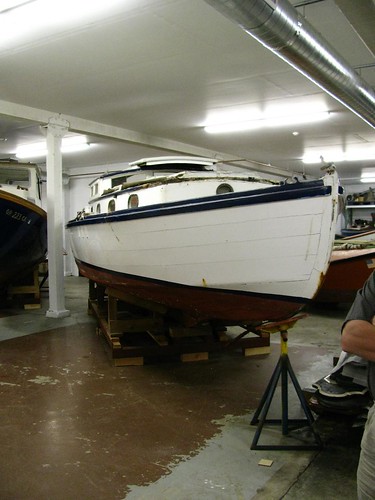
Local Racing Yacht class. Makes me think of the Mower designed Seabird.
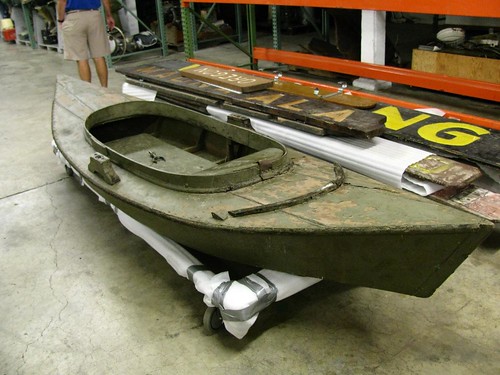
One of several duck hunting boats. They are low to the water so the ducks can’t see them.
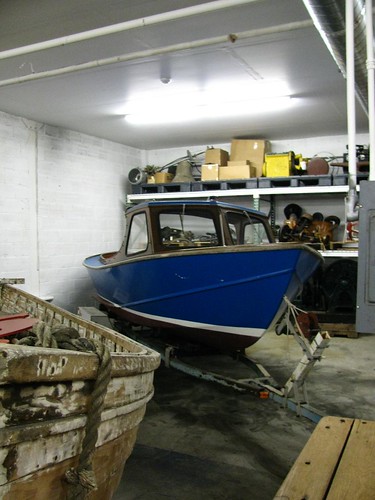
A Calkins designed Bartender – a type used for rescue.
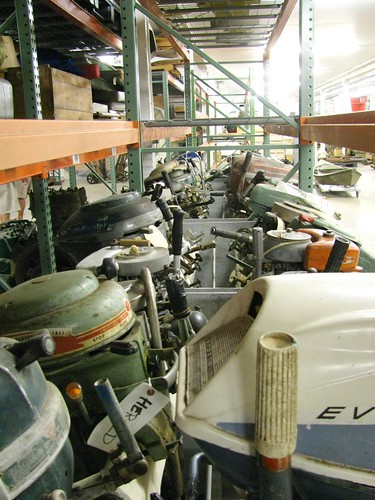
I took lots of pics of historic outboard motors.
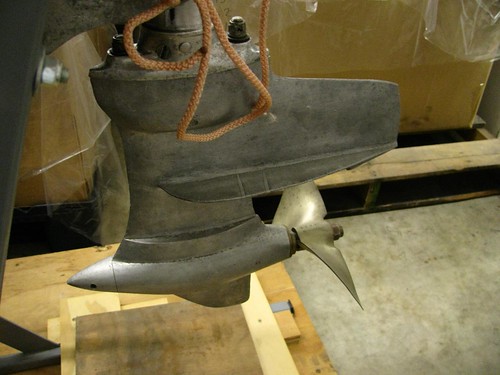
Some have quite beautiful details. This was a race engine for a hydroplane (pics later and more in the set)
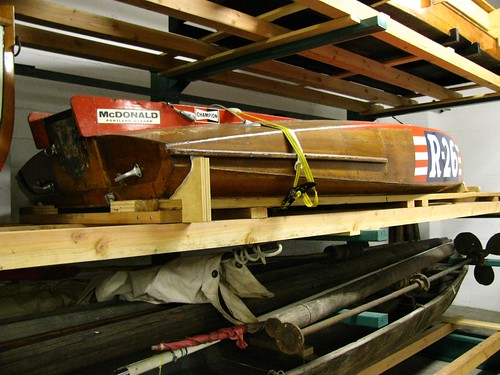
This hydroplane and the one above it held a number of records.
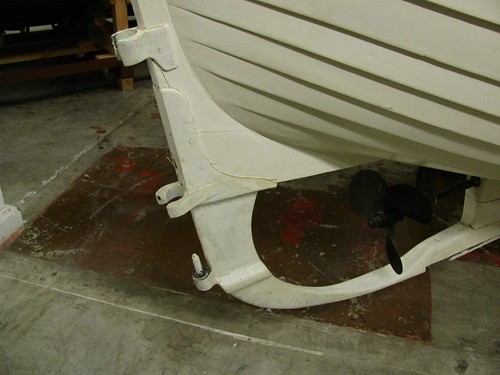
Detail from a self draining rescue boat. It would have been very scary going to sea in one in rough conditions but the parts like this skeg are made quite beautiful by the builder.
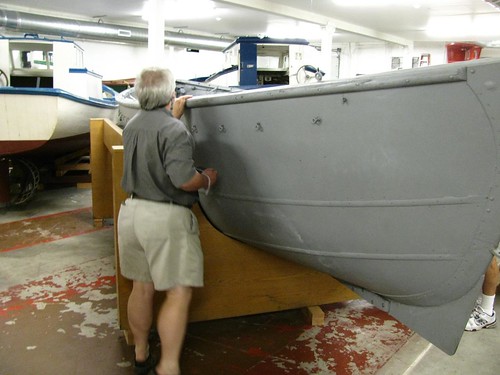
This next one is the first type of lifeboat that was built in plywood that was able to be registered for “all weather use”. It was built to be used on the liberty boats that supplied England with goods and machinery from Nth America during World War 2.

This is a Salmon Gill Netter. They are very beautiful motor boats, fine lined and elegant. I have pics later of the sailing craft that they were derived from.
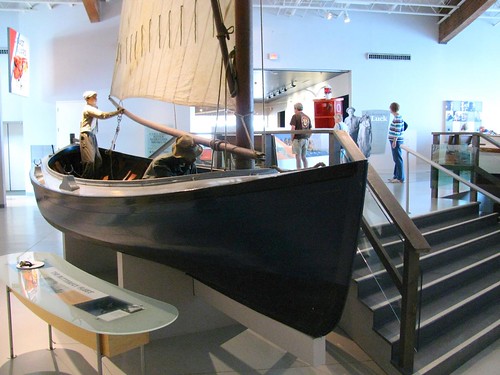
This is one of the sailing Gill netters. They had to carry a good load but be fast. The central floor area is very flat giving them quite a lot of stability. Very fine lined in the ends giving good directional stability in rough water.
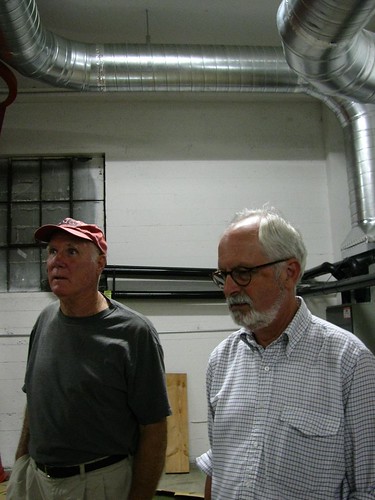
This is the Executive Director for the Museum who is having a look at the storage areas with us. Thanks Sam Johnson and Curator Jeff Smith!!!

Another view. The rudder slided up and down and extends below the boat when the water is deeper.
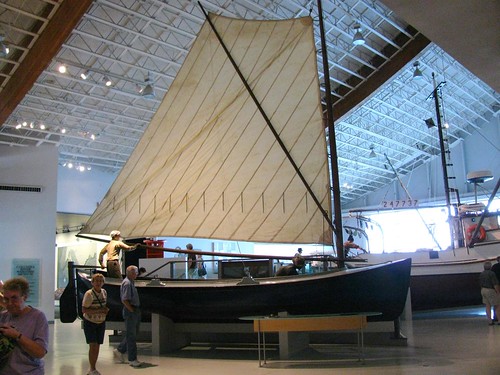
Another view of the boats.
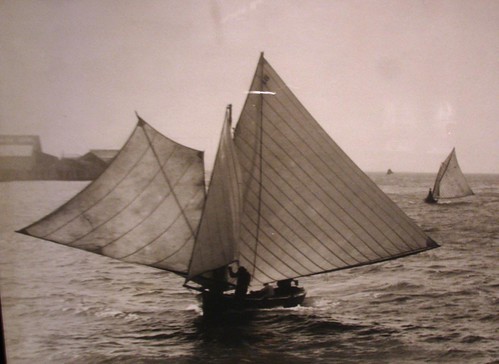
They were called the “Butterfly Fleet” because of this
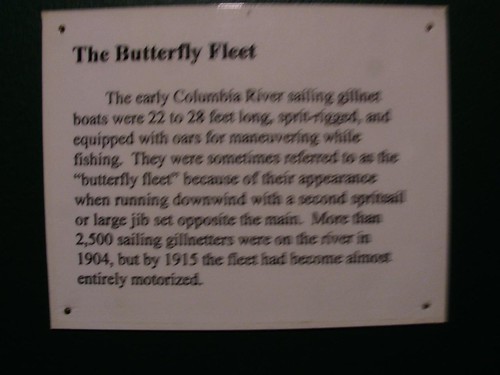
The Executive Director invited us to the Boardroom as he is interested in getting a meeting together of local people to create a catalogue of traditional boat builders in the area and took lots of notes about contacts etc.
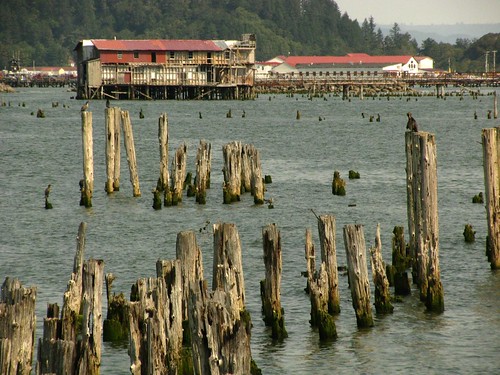
Meanwhile, I looked at the view from the boardroom. Long thought that the room would make a nice apartment. I agreed.
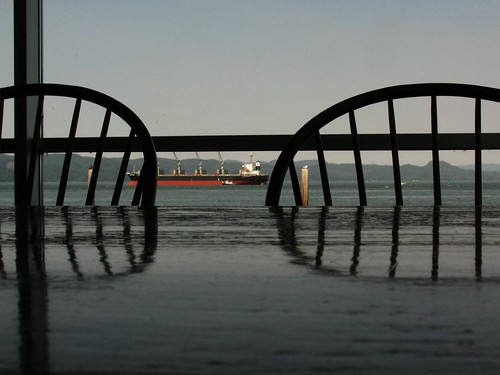
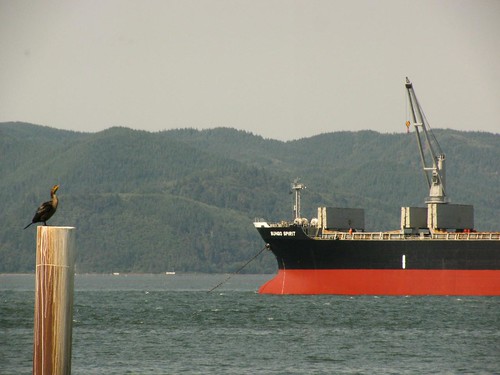
We drove down to the area where people work on their own boats … but you will have to look at the photoset for that.

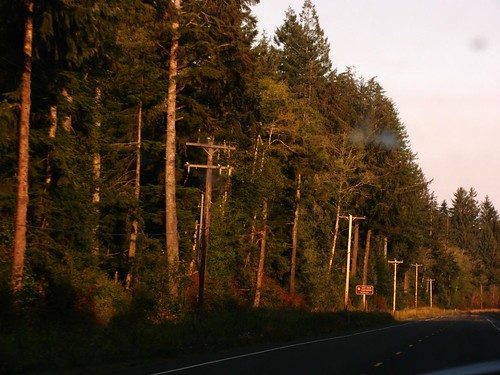
Storer Wooden Boat Plans subforum on UBeaut Woodwork Forums
Boat Plans
Cheap Boat Plan
More History and Culture articles here
https://www.storerboatplans.com/category/boat-design/boat-history-and-culture